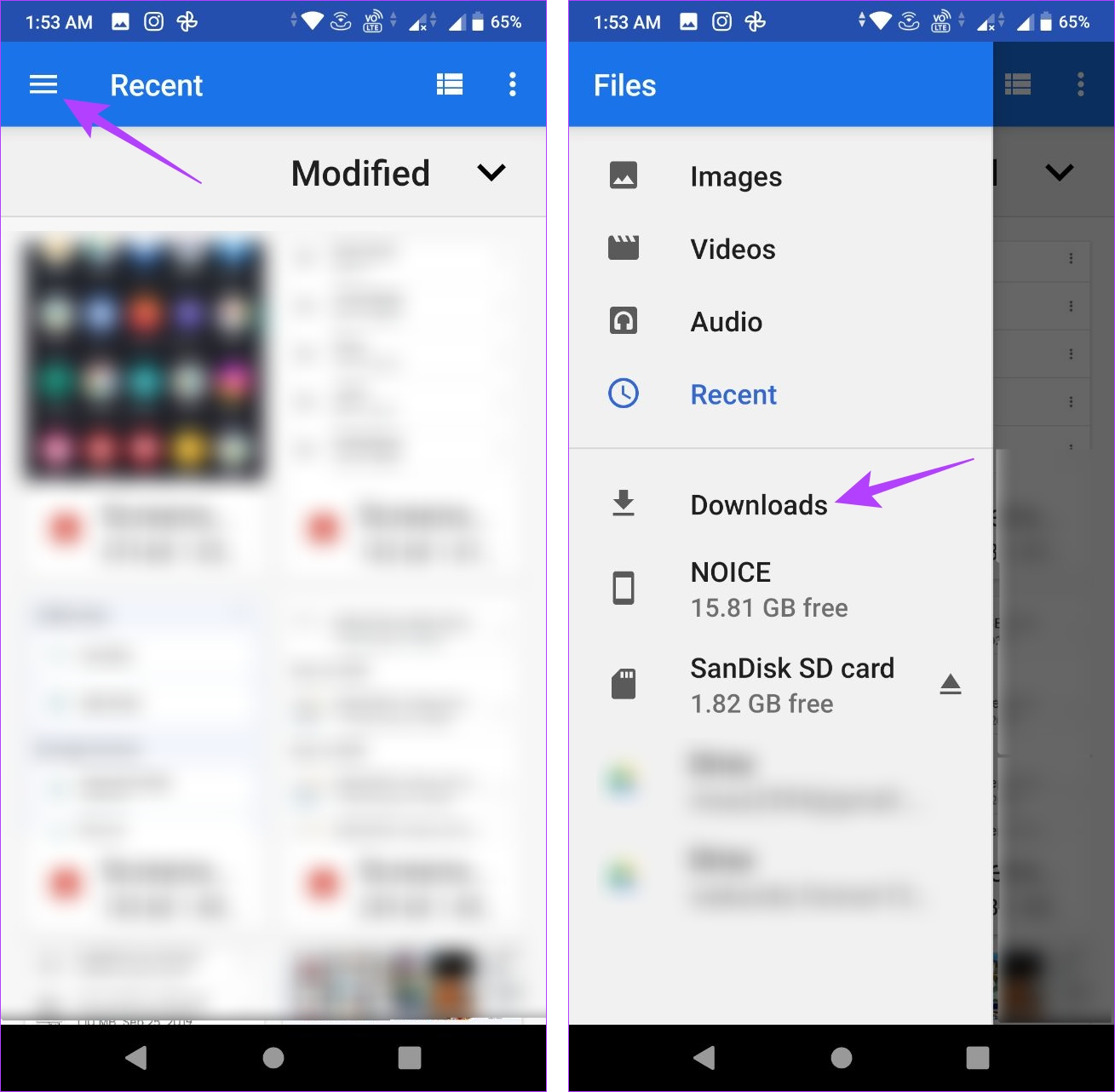What Does android phone and tablet Mean?
What Does android phone and tablet Mean?
Blog Article
Downloading data on your Android gadget is straightforward, however finding them can be a problem. Prior to you recognize it, images, video clips, screenshots, and various other data clutter your phone. You need to know where those downloads went so that you can delete unneeded documents that are occupying room on your phone.

This overview shows you how to situate an essential file that went away and exactly how to organize your Downloads folder. Below's exactly how to find downloads on your tool, whether you utilize one of the most effective Google Pixel phones or one more Android smartphone.
Find your downloads with the default data manager
Each mobile phone manufacturer might offer a somewhat different integrated Android application for file monitoring, but your experience must be similar. If you have a Samsung phone, refer to our tutorial, which demonstrates how to find downloads on your Samsung Galaxy phone.
Comparable to running systems like Windows, macOS, and iOS, Android has a Downloads folder for your data. Do the complying with to find the downloads on your gadget:
1. Open the Data or My Documents app from the home screen or application cabinet.
2. Look for a section called Downloads.
3. Tap it to watch the files you downloaded.
Utilize the Documents by Google application for your downloads
If you're seeking a easy and efficient method to find your downloaded and install files on your Android gadget, take into consideration making use of Documents by Google from the Google Play Shop. This application sticks out as a leading selection for its straightforward interface and functionality, making it an excellent alternative to any preinstalled file manager application on your gadget.
4. Open up the Documents application.
5. Select the Browse tab near the bottom.
6. Faucet Downloads.
7. Select the Download tab to see where do files go when downloaded on android the files because folder.
Situate your downloads by hand
If you're unable to situate the Downloads folder on the main web page of your file supervisor application, attempt accessing your phone's inner storage rather. Below's a detailed guide on exactly how to do it:
1. Open the Documents application.
2. Select the Browse tab at the bottom.
3. Scroll down and go to Inner storage.
4. Touch the Download folder.
Relocate your downloads to one more location
Relocating files away from the Downloads folder is useful for numerous reasons, specifically for files containing private or personal info. Putting these data into their folder maintains them secure and makes it difficult to delete them accidentally. It likewise stops them from getting buried and blended with the various other random documents you download and install.
1. Open the Files app.
2. Navigate to your Download folder.
3. Tap the three-dot menu to the right of any file.
4. Choose the Move to option.
5. Tap Internal storage at the bottom.
6. Select any location or folder.
7. Tap Move here to transfer the file to that location.
You can also use the Copy to option and paste these files to another location. This allows you to create as many duplicates as you want without removing the original files from your Download folder.
View the exact location of your downloadsM/b >
You may want to see the location of the Download folder for various reasons from time to time. Tap the three-dot menu next to one of your downloaded files and go to File info. The/ storage/emulated/0/ Download path is the default for many modern Android devices. Some third-party web browsers might save files to a different folder, but this should be the location for most downloads.
Managing your downloads is easier than you think
The Files app by Google is an excellent choice for those who appreciate a straightforward file management solution. With its user-friendly interface and simple features, this app effectively categorizes your files into different types such as downloads, images, videos, and audio. Additionally, it provides the option to remove unnecessary files.
Speaking of tidying up, you can free up more storage space by learning how to delete unwanted WhatsApp media files. You can install an SD card on some Android devices if you're still short on space.
Report this page